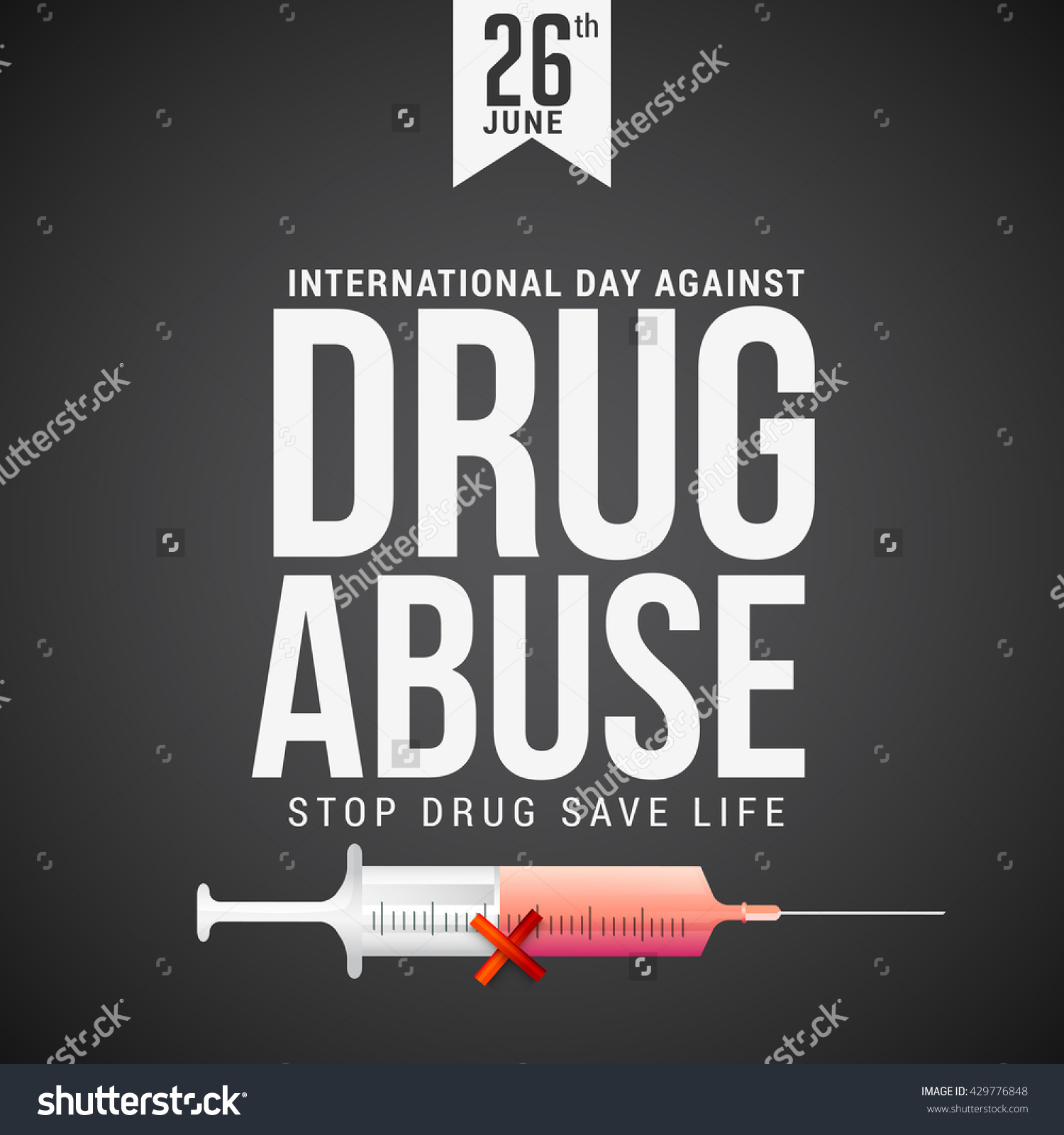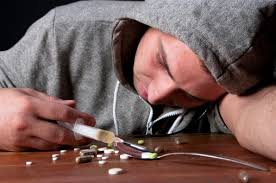Crack cocaine abuse and the health consequences

Crack cocaine abuse and the health consequences can be controlled by taking preventive measures
Crack cocaine abuse and the health consequences: Modes of administration
The history of cocaine is well known and how it affects the good health of our societies. Crack cocaine as it is commonly known is a very powerful addictive stimulant drug that when allowed to settle in anyone’s life, the consequences can be very devastating and frustrating. Whichever way you look at it, crack cocaine is poisonous to your health. According to the experts from AWAREmed Health and Wellness Resource Center under the able leadership of doctor Dalal Akoury MD, the illusion that cocaine is beneficial remains just an illusion. The naked truth is that no single advantage can be attached to this drug says doctor Akoury. As a matter of fact crack cocaine abuse is a serious threats to humanity.
The powdered hydrochloride salt form of cocaine can be snorted or injected as a solution of water. And when we talk of crack cocaine, it means that, this cocaine base has not been neutralized by an acid to transform it into a hydrochloride salt. When that is done, this form of cocaine comes in a rock crystal which can be heated to produce vapors, a product which can be smoked. The term “crack” therefore refers to the crackling sound produced by the rock when it is heated.
According to the experts at AWAREmed Health and Wellness Resource Center, crack cocaine abuse is in most cases considered in relation to the mode of its administration. There are three main routes that are commonly used for the administration of crack cocaine:
Snorting – this is the process of inhaling cocaine powder through the nose, where it is absorbed into the bloodstream through the nasal tissues.
Injection – in this case cocaine in mixed with water and the solution is then injected into the body using the needle to release the drug directly into the blood streams.
Smoking – this involves inhaling cocaine vapor or smoke into the lungs, where absorption into the bloodstream is as rapid as by injection.
Even as we progress into the discussion, it is important to note that, the mode of administering the substance doesn’t in any way reduce the danger. The consequences remain the same with the risk of addiction and infection by other serious chronic health complications like contracting STI’s. Besides that, the following are some of the experiences that users of crack cocaine will face:
- The intensity and duration of cocaine’s effects, which include increased energy, reduced fatigue, and mental alertness, depend on the route of drug administration.
- The faster cocaine is absorbed into the bloodstream and delivered to the brain, the more intense the high.
- Injecting or smoking cocaine produces a quicker, stronger high than snorting.
- On the other hand, faster absorption usually means shorter duration of action.
- The high from snorting cocaine may last 15 to 30 minutes, but the high from smoking may last only 5 to 10 minutes.
Finally and in order to sustain the high, a cocaine abuser has to administer the drug repeatedly. That is to say, crack cocaine is often abused in binges taken repeatedly within a relatively short period of time, at increasingly high doses. This is very dangerous and the sooner you enroll for a recovery program the better. You can always call doctor Dalal Akoury for more professional advice and treatment on this journey of recovery.
Crack cocaine abuse and the health consequences: Modes of administration







